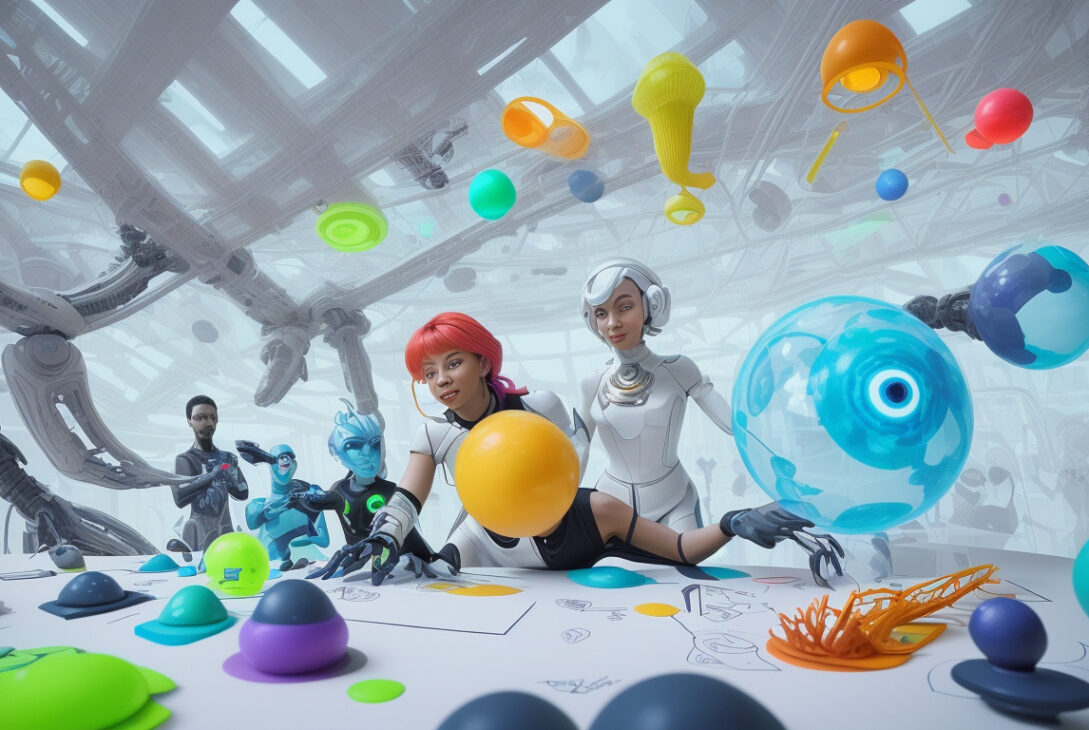Design Thinking: Giving Technology Its Human Heart in the AI Era
Samsung Newsroom India, 16 September 2025
In an age where artificial intelligence (AI) and automation dominate much of the technological discourse, Samsung Newsroom India shines a spotlight on the crucial role of design thinking in ensuring technology remains deeply human-centered. As part of Samsung’s innovative initiative, Solve for Tomorrow Season 3, young changemakers across India are embracing design thinking not merely as a methodology but as a mindset essential for meaningful and empathetic innovation.
The Ongoing Journey of Innovation
The Top 40 innovators participating in Samsung’s Solve for Tomorrow challenge are still in the thick of development — iterating, adapting, sometimes discarding ideas — all while learning an enduring lesson: innovation is as much about empathy and patience as it is about technological prowess. Over the past week, these students engaged with mentors, workshops, and Samsung’s FITT labs (Future Innovation and Technology Training), seeking to perfect their ideas amidst the fast-paced world of AI.
This environment serves as a reminder that the true measure of technology’s worth lies in its ability to connect with human hearts and behaviors, not just in its technical sophistication.
Sitting With the Problem: The Story of the Pink Brigadiers
One standout example comes from the Pink Brigadiers, a team of engineering students from NIT Rourkela: Vivek Sawant from Maharashtra and Shriya Aditya Dalai from Odisha. They are developing Bharat’s first AI-driven breast care app, which uses advanced convolutional neural networks deployed on edge devices to detect potential anomalies and link women directly to doctors.
Yet, beyond the AI architecture, the team underscores that their most significant breakthroughs came from embracing design thinking principles. “Our product requires immense sensitivity. The design thinking training encouraged us to sit with the problem longer, understand users more deeply, and keep adapting to their needs,” they explain. For them, user experience (UX), user interface (UI), and cultivating trust are as vital as the technology itself.
The team prioritizes how the app makes its users feel, recognizing that tone, color palettes, language, and interface must reflect deep empathy, especially for such private health matters. This aligns with recent Stanford research advocating that building fair and trustworthy AI systems requires transparency, consideration of edge cases, and attention to user comfort beyond just algorithmic accuracy.
Humanizing AI Through Empathy and Accessibility
Inside the FITT lab, other teams are exploring how AI can be made intelligible through design thinking. For instance, Mindsnap, developed by Devayanee Gupta and Sayan Adhikary from Kolkata, is a personalized learning platform powered by large language models designed to support neurodiverse learners, including those with dyslexia or autism spectrum disorder. The duo emphasizes that “no algorithm works if the interface doesn’t speak to the learner,” highlighting the role of UX, accessibility, and lived experiences in effective design.
Similarly, Aditya Verma from Chennai is working on Mama Saheli AI, an all-encompassing pregnancy app inspired by his mother’s experience with limited medical access in remote areas. His app synthesizes reliable information, filters misinformation, and integrates with wearable devices to provide hyper-personalized insights. Crucially, he designed the app to “feel like a friend, not just a tool,” focusing on user emotions and cultural nuances. This human-centered approach supports the PADTHAI-MM framework, which suggests that transparency and contextual understanding significantly improve trust in AI compared to opaque “black box” models.
Design as a Strategy for Scalability
Another compelling story comes from the Prithvirakshak team in Ludhiana: 12th graders Abhishek Dhanda, Prabhkirat Singh, and Rachita Chandok. They are tackling India’s massive waste challenge with the nation’s first modular automated vermicomposting center. What began as a classroom experiment has evolved into a project that shortens the conventional 90-day composting cycle to just 30 days.
The team stresses that design thinking allowed them to envision adaptable modular systems that can be scaled flexibly — from small gardens to large municipalities. “Scalability is not about size but adaptability,” they say, underlining that the same core innovation can serve vastly different users, from farmers to urban dwellers.
The Lesson: The Journey Matters Most
Although none of the teams know yet whether they will win the Solve for Tomorrow challenge, each acknowledges how design thinking has already transformed their approach. While global conversations around AI often focus on ethics, speed, and bias, these young innovators root their projects in age-old values of human-centered design.
In their view, AI represents the brain of innovation, while design thinking embodies the heart. This integration of empathy and technical skill may be the defining lesson as they strive to secure a spot in the Top 20 contenders for Samsung’s Solve for Tomorrow.
For more information about Samsung’s initiatives or support, visit samsung.com/in/support. For media inquiries, contact corpcommindia@samsung.com.
© 2010-2025 Samsung All Rights Reserved.










